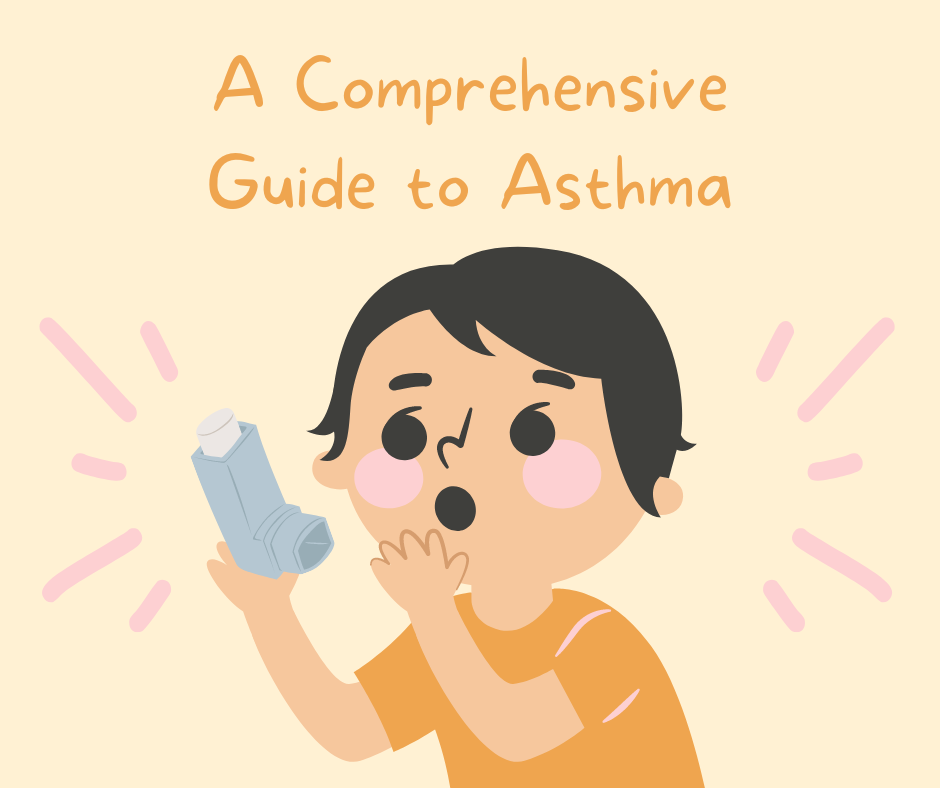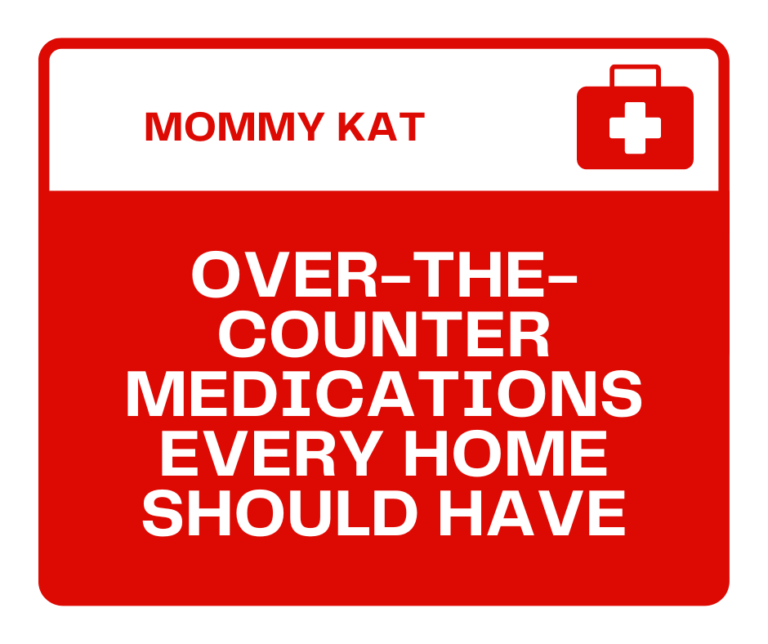Asthma is a chronic condition of the lungs. Whereas normal airways always have a lot of space for air to guide through, airways with asthma are tighter or swell a little bit easier. There is also excessive mucus production, which significantly lessens the amount of air that can pass through.
While this isn’t a life-threatening problem for the most part, it can certainly affect the way you live your life. It can make breathing very strenuous whenever you do a physical activity, such as running or playing sports. Whenever you breathe, you’ll hear a distinctive wheezing and crackling sound that signifies your lungs aren’t getting enough air.
Significant brain damage and death takes only less than five minutes after adequate air supply has been cut off, so it’s crucial that asthma is well under control. Use our asthma guide to find out more about asthma and how to control it!
How Do I Know If I Have Asthma?
You will more than likely develop asthma if you have family history of asthma. Check your immediate family to see if they’ve got the condition—if they do, it would be worth it to get a check up and see if you’ve got asthma as well.
If any of your family members—especially either of your parents—have asthma, then you more than likely should have seen the warning signs in childhood already. Nobody is born with asthma, but they can be born with genes that determine if you’ll be getting asthma during childhood.
It’s also quite easy to see the signs of asthma during childhood because small children are particularly affected by it. Their immune systems aren’t as developed yet—almost anything can trigger their airways to swell up and produce more mucus, including viral infections, allergies to cats or allergies to dogs, weather changes, and environmental pollutants.
Asthma can also develop gradually due to environmental factors. If you live in an area with a lot of pollution or mold, have been sick with lung infections before, or live in a household with heavy smokers, then you’re also at risk for developing asthma.
Another kind of asthma called occupational asthma occurs when an adult who has never had asthma suddenly develops it because of their work. Construction workers have to wear masks for this very reason—their line of work leaves them exposed to minute particles of mold, mildew, paint, and more.
For the last two types, it’s always best to have regular checkups with your doctor. You need to confirm if your lungs are still in tip-top shape.
What is an Asthma Attack?
An asthma attack happens when your lungs aren’t receiving as much air as it should be. The signs of an asthma attack include coughing, tightness of the chest, fervent sweating, wheezing, trouble breathing, and feeling light-headed.
Before an asthma attack gets this bad, however, you can avoid it by knowing the warning signs. This includes having sleeping difficulties, breathing heavily after physical activity, using your abdomen muscles to breathe in as much air as you can, and more.
What Causes Asthma Attacks?
As we mentioned earlier, asthma can be triggered by a variety of things. Some are potent than others depending on the person. For example, pet dander may be fine for you, but it can cause a severe asthma attack for somebody else. Thus, it’s important to know what your asthma triggers are so you can guide your way out as much as possible.
How Do I Treat Asthma Attacks?
Asthma can be managed by always having an inhaler handy. Also called a bronchodilator, these medications help you relax your airways, opening them up and allowing air to move in and out of your lungs more freely. People often use inhalers when they’re experiencing warning signs of an impending asthma attack. They also use it before any strenuous exercises to prevent one from happening.
There are three kinds of inhalers: metered-dose inhalers, nebulizers, and dry powder inhalers.
The first is the most common type—it uses pressure to deliver measured amounts of medication. You’ve probably seen someone grab an inhaler and puff one before.
The second type involves wearing a mask over your nose and mouth. The medication is delivered as a mist and you’ll have to breathe in and out for 10 minutes or so.
The last type of inhaler requires a strong, quick breath to get the medication into your system.
Now, if your asthma attack is particularly severe, there are two other medications that can help as well. The first is a steroid called hydrocortisone. It brings down swelling in your airways by calming down your body’s immune system. The second is a shot of adrenaline directly into your bloodstream which makes your lungs breathe more efficiently.
Conclusion
Many people underestimate the dangers of asthma. According to the Asthma and Allergy Foundation of America (AAFA), around 11 people die every day from asthma attacks. Sadly, a vast majority of fatal asthma cases were preventable had they had access to a guide, medications and prompt treatment.
Thus, it’s very important that we learn to recognize the signs and symptoms of asthma attacks. We can help ourselves and our loved ones get the care they need. It’s also important that we know how to manage our asthma. That way, we won’t have to witness anybody going through awful asthma attacks. That includes always having an inhaler on hand, eating the right foods, and being fit.










